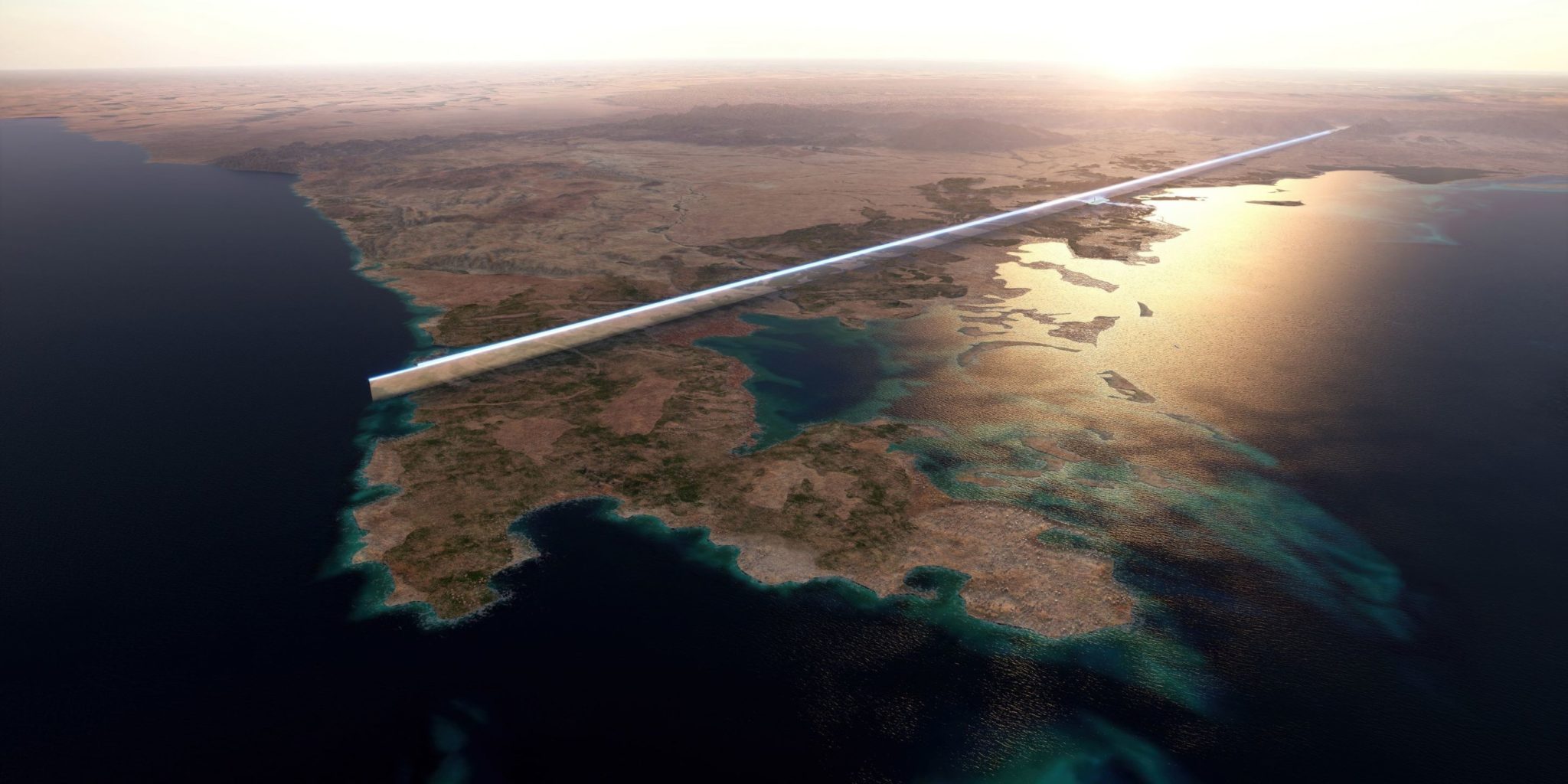
Saudi Arabia’s sovereign wealth fund has asked consultants to review the feasibility of its “The Line” gigaproject, Bloomberg reported on Monday.
The Public Investment Fund has asked unnamed firms to look at whether the 170km-long linear city on its Red Sea coast can realistically be built.
The project is the largest element of the kingdom’s Neom scheme to develop its northern Red Sea coast region. The programme is one of the main elements of the Vision 2030 plan to move away from the country’s dependence on oil.
A Neom spokesperson told Bloomberg that the review was “typical with large-scale, multi-year projects”.
They added that the scheme remained “a strategic priority” and said Neom was “focused on maintaining operational continuity, improving efficiencies and accelerating progress to match the overall vision and objectives of the project”.
The move follows an announcement from Aiman al-Mudaifer, the project’s acting chief executive, in April that the city would be subjected to a “comprehensive review”. Sources told the Financial Times that the analysis was “taking place in an environment of limited resources … Some things were done that need to be looked at again”.
It also follows last year’s reports that loosened the schedule for the Line, which has been roughly priced at $500bn. The initial target was that 1.5 million people would live there by 2030. This was superseded by the goal of 300,000 residents living in a 2.4km-long city by that date.
Some commentators have questioned whether a linear city was even workable as a concept. The idea was to create a net-zero settlement without cars, but to allow all residents to walk five minutes to their work and leisure destinations. Services would be located below ground, including a fast rail service that would shuttle from one end to the other in 20 minutes.
In 2023, Rafael Prieto-Curiel of the Complexity Science Hub in Vienna told GCR: “A line is the least efficient possible shape of a city. There’s a reason why humanity has 50,000 cities, and all of them are somehow round.”
The Middle East Eye website suggests another factor in the kingdom’s calculations may be the falling price of oil, which accounts for 61% percent of revenue. Brent crude, the international benchmark for Saudi Arabia’s type of oil, has been trading for under $70 a barrel for most of this year.
The site attributes this to economic rivalries within the Opec-plus bloc of oil producing countries that led to a surge of production in April.
At that time, the Goldman Sachs investment bank produced a note saying Saudi Arabia faced “pretty significant” budget deficits and more scaling back of megaprojects.
- Subscribe here to get stories about construction around the world in your inbox three times a week
Further reading:
Comments
Comments are closed.

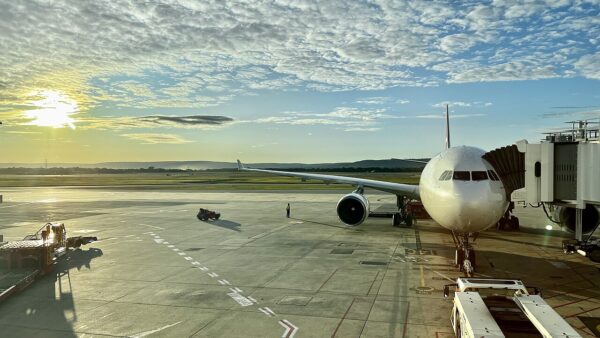
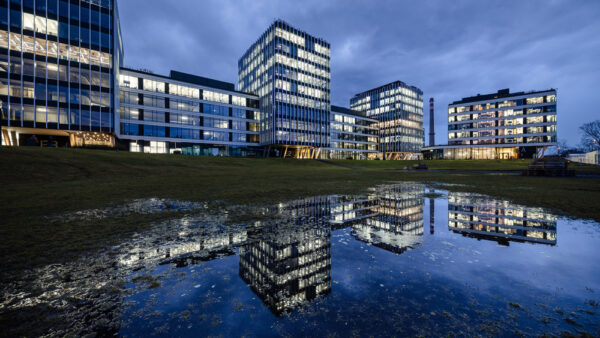
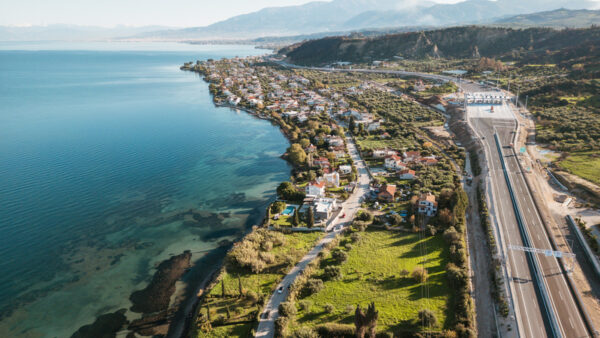
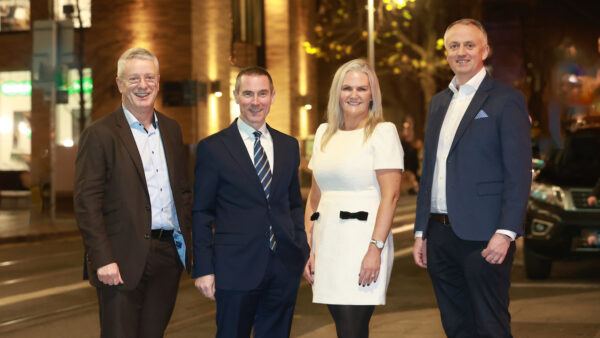
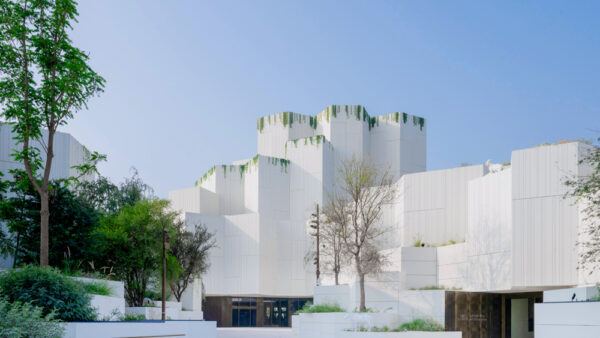
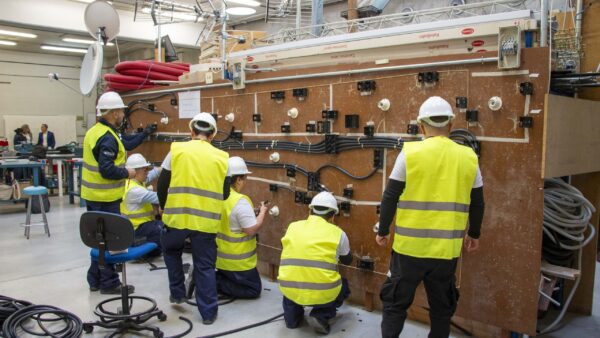
“line” was a failure even before it started. Probably they will use the feasibility report as an excuse to discontinue the project!
Should revise it as the Loop as my proposal :)